A special exhibition commemorating the 50th anniversary of the Mitsui Bunko and the 10th anniversary of the Mitsui Memorial Museum.
As the second installment in spring, it will be held at the Mitsui Memorial Museum in Nihonbashi until the end of January next year.
During the Edo period, as a Matsuzaka merchant in Ise, he set up a store in Nihonbashi (Otemmacho → Surugacho) and a kimono shop.
And as a money exchanger, through the turbulent period of late Tokugawa shogunate and Meiji, today
It can be said that the traditional heirlooms collected up to the point gathered together.
As if you look at the microcosm of traditional Japanese culture, you can see the tea ceremony, domestic and foreign paintings, calligraphy, and mail.
It is followed by stamps from the beginning of the Meiji era, and the "Yukimatsuzu" of Oukyo Maruyama, a national treasure, and Noh mask.
Why don't you visit as a calming place during the busy year-end and New Year holidays?
12th to 13th centuries of the 13th century, an important cultural property
Important Cultural Property Karamono Shoulder Chairi Kitano Shoulder Minami Soong Period, 12th to 13th centuries
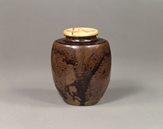
Important Cultural Property Nikko Matsuzuru Figure Screen Muromachi period, 16th century exhibition period January 5-January 23 (left vessel, right vessel)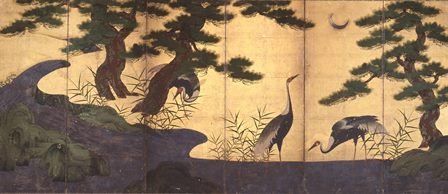
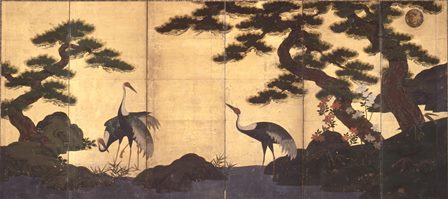
Important Cultural Property Tofukumon-in entrance screen (part) Edo period, 17th century
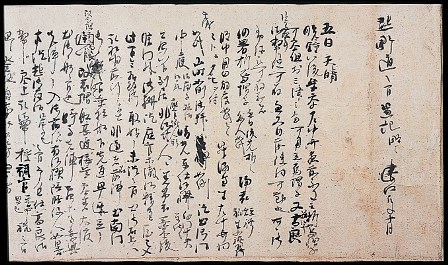
National Treasure Kumano Miyukiki Sadaie Fujiwara brushed Kamakura period, 1201 (1201)
Confucius Temple, Tang dynasty, Jogan 2-4 (628-630)
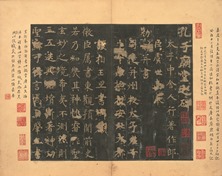
Hand carving stamp Japanese paper cherry blossoms 20 yenMeiji period
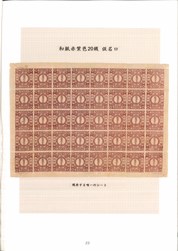
National Treasure Snowmatsu Figure Screen Oukyo Maruyama Brush Edo period, 18th century (left from the top, right)
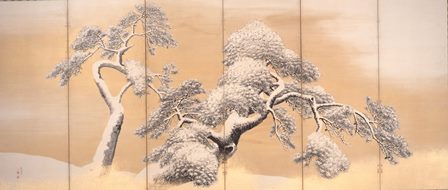
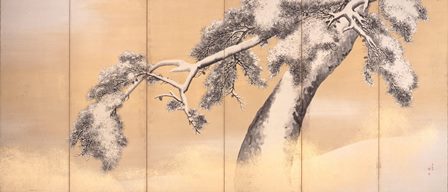
National treasure dagger Mumei Masamune famous Masamune Hyuga Masamune Kamakura period, 14th century

Important Cultural Property Nomen Sonjiro Den Sonjiro's work Muromachi period
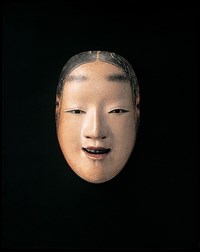
All works will be owned by the Mitsui Memorial Museum.
Mitsui Memorial Museum → The nearest station is Mitsukoshimae Station on the Ginza Line.
Click here for details http://www.mitsui-museum.jp/
※Each image is owned by the Mitsui Memorial Museum. Secondary use is strictly prohibited.

